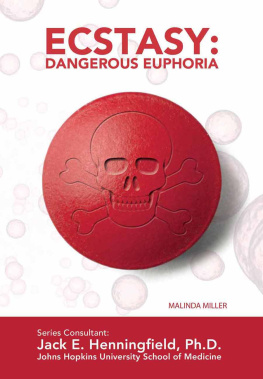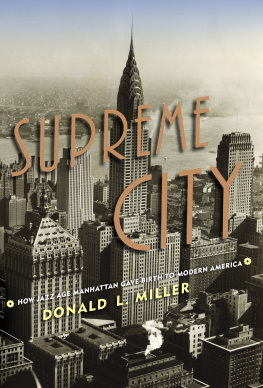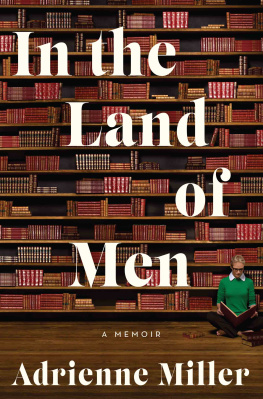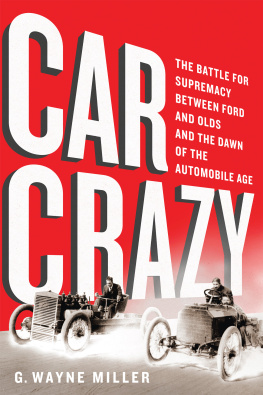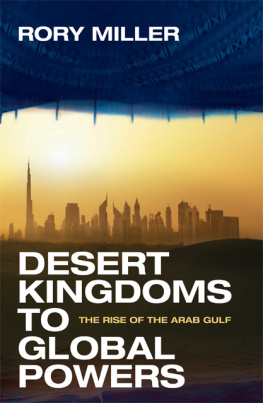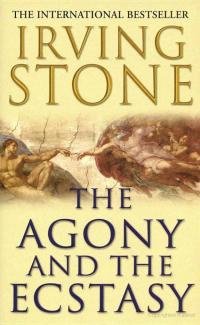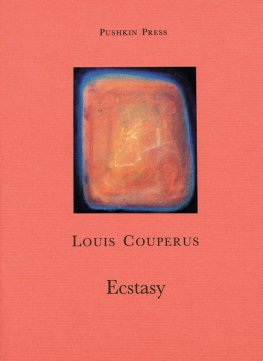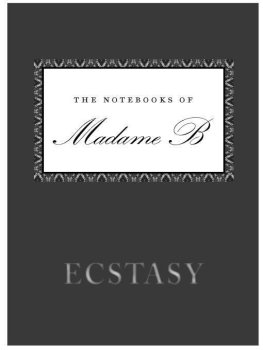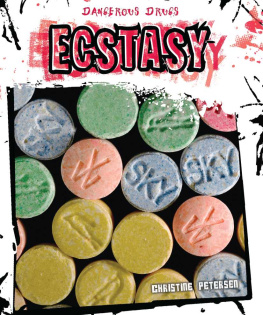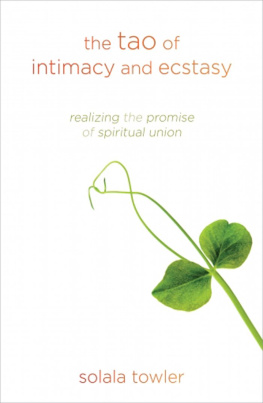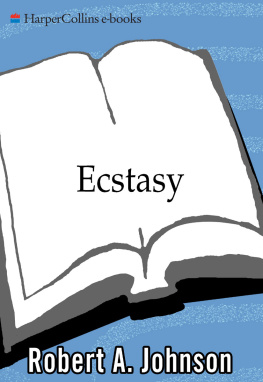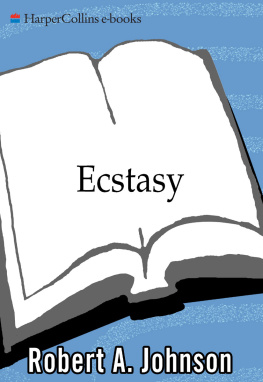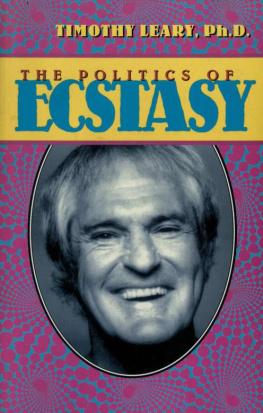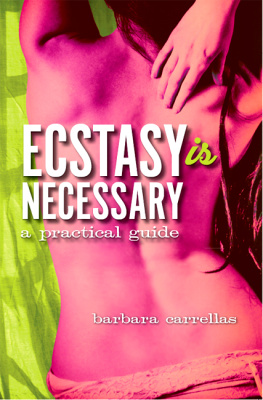Ecstasy
Dangerous Euphoria
ILLICIT AND MISUSED DRUGS
Abusing Over-the-Counter Drugs:
Illicit Uses for Everyday Drugs
Addiction in America:
Society, Psychology, and Heredity
Addiction Treatment: Escaping the Trap
Alcohol Addiction: Not Worth the Buzz
Cocaine: The Rush to Destruction
Dual Diagnosis: Drug Addiction and Mental Illness
Ecstasy: Dangerous Euphoria
Hallucinogens: Unreal Visions
Heroin and Other Opioids:
Poppies Perilous Children
Inhalants and Solvents: Sniffing Disaster
Marijuana: Mind-Altering Weed
Methamphetamine: Unsafe Speed
Natural and Everyday Drugs:
A False Sense of Security
Painkillers: Prescription Dependency
Recreational Ritalin: The Not-So-Smart Drug
Sedatives and Hypnotics: Deadly Downers
Steroids: Pumped Up and Dangerous
Tobacco: Through the Smoke Screen
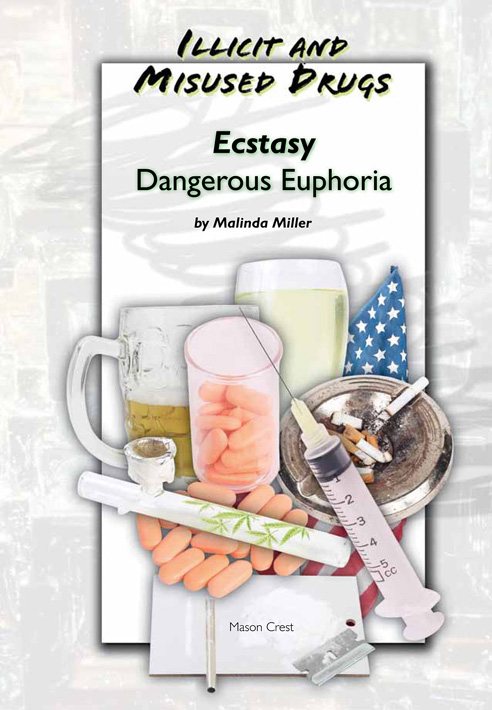

| Mason Crest
370 Reed Road
Broomall, Pennsylvania 19008
www.masoncrest.com |
Copyright 2013 by Mason Crest, an imprint of National Highlights, Inc. All rights reserved. No part of this publication may be reproduced or transmitted in any form or by any means, electronic or mechanical, including photocopying, recording, taping, or any information storage and retrieval system, without permission from the publisher.
Printed in the Hashemite Kingdom of Jordan.
First printing
9 8 7 6 5 4 3 2 1
Library of Congress Cataloging-in-Publication Data
Miller, Malinda, 1979
Ecstasy: dangerous euphoria / by Malinda Miller.
p. cm. (Illicit and misused drugs)
ISBN 978-1-4222-2431-1 (hardcover)
ISBN 978-1-4222-2424-3 (hardcover series)
ISBN 978-1-4222-2450-2 (paperback)
ISBN 978-1-4222-9295-2 (ebook)
1. Ecstasy (Drug)Juvenile literature. 2. Drug abuseJuvenile literature. I. Title.
HV5822.M38M55 2012
362.299dc22
2011004340
Interior design by Benjamin Stewart.
Cover design by Torque Advertising + Design.
Produced by Harding House Publishing Services, Inc.
www.hardinghousepages.com
This book is meant to educate and should not be used as an alternative to appropriate medical care. Its creators have made every effort to ensure that the information presented is accuratebut it is not intended to substitute for the help and services of trained professionals.
 CONTENTS
CONTENTS
Addicting drugs are among the greatest challenges to health, well-being, and the sense of independence and freedom for which we all striveand yet these drugs are present in the everyday lives of most people. Almost every home has alcohol or tobacco waiting to be used, and has medicine cabinets stocked with possibly outdated but still potentially deadly drugs. Almost everyone has a friend or loved one with an addiction-related problem. Almost everyone seems to have a solution neatly summarized by word or phrase: medicalization, legalization, criminalization, war-on-drugs.
For better and for worse, drug information seems to be everywhere, but what information sources can you trust? How do you separate misinformation (whether deliberate or born of ignorance and prejudice) from the facts? Are prescription drugs safer than street drugs? Is occasional drug use really harmful? Is cigarette smoking more addictive than heroin? Is marijuana safer than alcohol? Are the harms caused by drug use limited to the users? Can some people become addicted following just a few exposures? Is treatment or counseling just for those with serious addiction problems?
These are just a few of the many questions addressed in this series. It is an empowering series because it provides the information and perspectives that can help people come to their own opinions and find answers to the challenges posed by drugs in their own lives. The series also provides further resources for information and assistance, recognizing that no single source has all the answers. It should be of interest and relevance to areas of study spanning biology, chemistry, history, health, social studies and more. Its efforts to provide a real-world context for the information that is clearly presented but not overly simplified should be appreciated by students, teachers, and parents.
The series is especially commendable in that it does not pretend to pose easy answers or imply that all decisions can be made on the basis of simple facts: some challenges have no immediate or simple solutions, and some solutions will need to rely as much upon basic values as basic facts. Despite this, the series should help to at least provide a foundation of knowledge. In the end, it may help as much by pointing out where the solutions are not simple, obvious, or known to work. In fact, at many points, the reader is challenged to think for him- or herself by being asked what his or her opinion is.
A core concept of the series is to recognize that we will never have all the facts, and many of the decisions will never be easy. Hopefully, however, armed with information, perspective, and resources, readers will be better prepared for taking on the challenges posed by addictive drugs in everyday life.
Jack E. Henningfield, Ph.D.
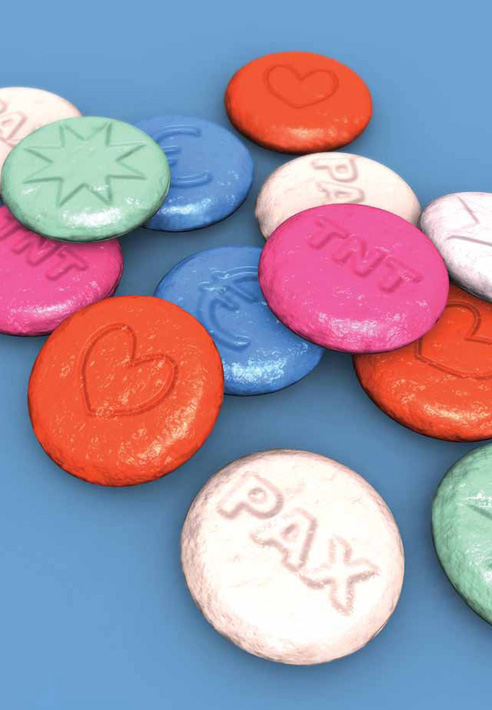
Daniel wanted his prom night to be special. Before leaving for the dance, he took some colorful pills stamped with fun images. They looked like harmless candy, but Daniel found out how dangerous they were.
My heart was racing so fast. I thought I was having a heart attack, Daniel said. A friend had to help him to the prom because his legs were shaking so badly. After arriving at the location of the dance, a Hollywood movie set, Daniel started to feel better.
Then I hit a peak, he said. I felt like a movie star.
After the dance, at a friends house, Daniel crashed down to a low. He felt depressed and confused. Trying to recover his high, he swallowed two more candy-like pills.
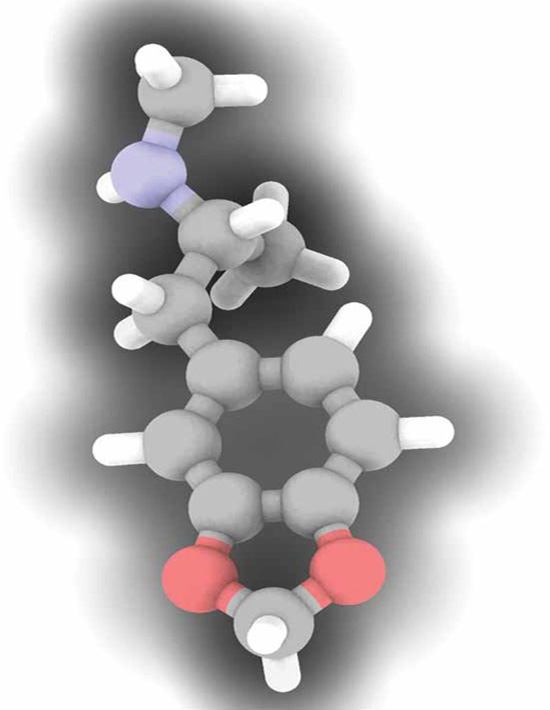
A chemical model of an MDMA molecule, from which ecstasy is composed.
I laid down on the bed for a few minutes and couldnt lift my head, he said. My legs were rocking back and forth.
Daniels story, adapted from a true story at the National Institute on Drug Abuse for Teens website (teens.drugabuse.gov/stories/story_xtc1.php), describes the highs and the lows of a young mans first experience using the illicit drug ecstasy.
What Is Ecstasy?
Ecstasy is the common name for the chemical 3, 4 methylenedioxymethamphetamine, or MDMA. Other chemicals are sometimes sold as ecstasy, but for the purposes of this book we will be talking about MDMA, a synthetic, or manmade, drug that is a stimulant as well as a hallucinogen. The stimulant properties of MDMA cause feelings of increased energy and euphoria in the user, while the hallucinogenic properties of the chemical can result in distortions in time, perception, and touch. Ecstasy is also sometimes called an empathogen or entactogen, both terms that refer to the drugs ability to induce feelings of in the user.
Next page
